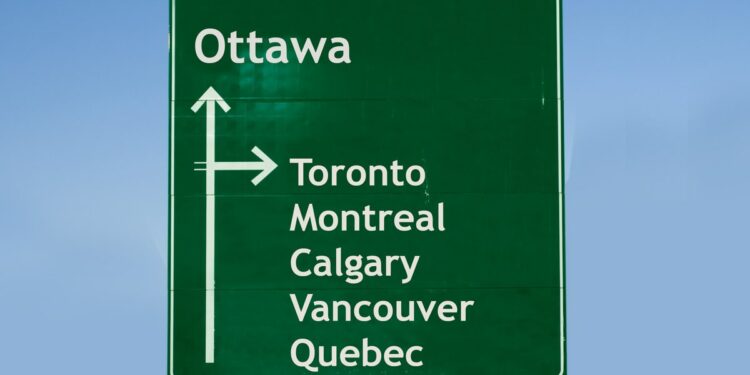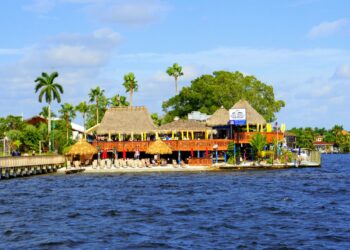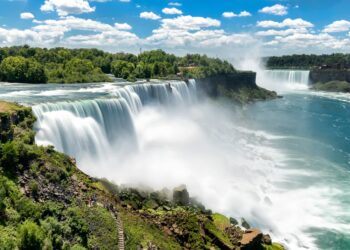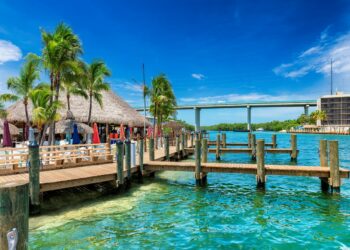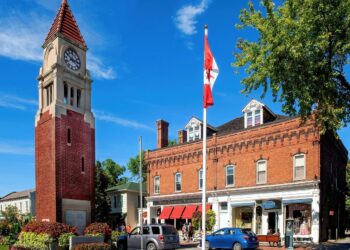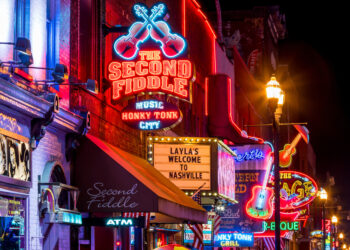Exploring Toronto to Montreal is a mesmerizing journey that takes you through two of Canada’s most iconic cities, each offering its unique charm and character. From the bustling streets of Toronto to the enchanting alleys of Montreal, this adventure promises an immersive experience combining the best urban exploration and natural wonders.
Journey Through Canadian Charms: Exploring Toronto to Montreal
Toronto: Where Urban Excitement Takes Center Stage
Our journey begins in Toronto, a cosmopolitan metropolis known for its towering skyscrapers, diverse neighborhoods, and thriving arts scene. The Toronto skyline is a sight to behold, dominated by the iconic CN Tower. Head to the top for a panoramic view that will leave you in awe of the city’s sprawling beauty.
Affiliate Disclaimer: Our blog posts may contain affiliate links. If you make a purchase through these links, we receive a modest commission at no extra cost to you. These commissions help us fund our team of travel writers, allowing us to continue providing you with the latest travel news, tips, and inspiration. Your support keeps this blog alive and thriving, and we appreciate it immensely. Thank you!
Stroll through the historic Distillery District, where cobblestone streets are filled with art galleries, boutiques, and charming cafes. As you wander, the aroma of freshly brewed coffee fills the air, inviting you to take a break and soak in the atmosphere.
No visit to Toronto is complete without exploring Kensington Market, a bohemian neighborhood bursting with vintage shops, multicultural eateries, and vibrant street art. The energy here is infectious, and you’ll find yourself drawn to the eclectic blend of cultures that make up this captivating district.
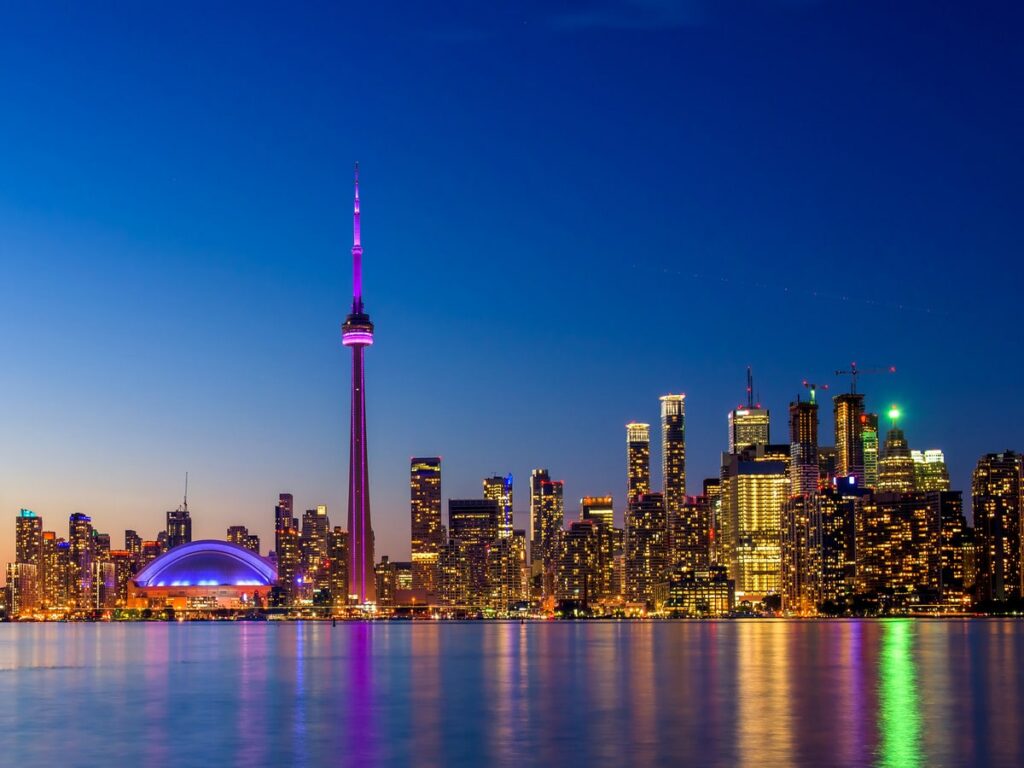
Niagara Falls: A Natural Wonder En Route
As you leave Toronto, take the chance to take a short detour and experience the breathtaking Niagara Falls. These captivating natural wonders showcase the Earth’s incredible forces in action. The sight of immense volumes of water cascading over the edge is awe-inspiring, reminding us of nature’s astonishing power. The deep echoes of the roaring waters resonate in your chest, underscoring the sheer magnitude of the forces that shaped this remarkable landscape.
Standing near the falls, you’ll be treated to a sensory delight. The gentle touch of mist on your skin, carried by the breeze from the cascading waters, is both invigorating and humbling. However, the boat tour offers a new perspective on the falls’ magnificence. As you approach closer, the thunderous roar becomes more intense, and the sheer size of the cascades becomes tangible.
The boat’s journey through the churning waters creates a visceral connection to the falls’ history, emphasizing their importance as a natural wonder that has captivated human imagination for generations. Whether observed from a distance or experienced up close on the water, Niagara Falls stands as a symbol of nature’s artistic prowess, leaving an unforgettable impression on all fortunate enough to witness it.
Kingston: A Historical Interlude
Our journey leads us to Kingston, a city resonating with history and a captivating maritime heritage. Its streets offer a tangible link to the past, adorned with meticulously preserved 19th-century architecture. Strolling along the Kingston Waterfront Pathway becomes a scenic voyage through time, revealing the city’s storied history. At the same time, the waterfront presents a historical tableau of sailboats gracing Lake Ontario‘s glistening waters, carried by the breeze of bygone eras.
Explore Kingston‘s historic streets and pathways to unravel its enchanting tale. Each building echoes with stories of yesteryears, connecting you to the city’s evolution. The well-preserved architecture is a testament to those who have shaped Kingston‘s narrative, inviting you to follow the footsteps of generations and discover maritime traditions that have indelibly defined this charming city. The Kingston Waterfront Pathway is a portal to another era, inviting you to pause and reflect on the layers of history that have woven the vibrant tapestry of today’s Kingston.
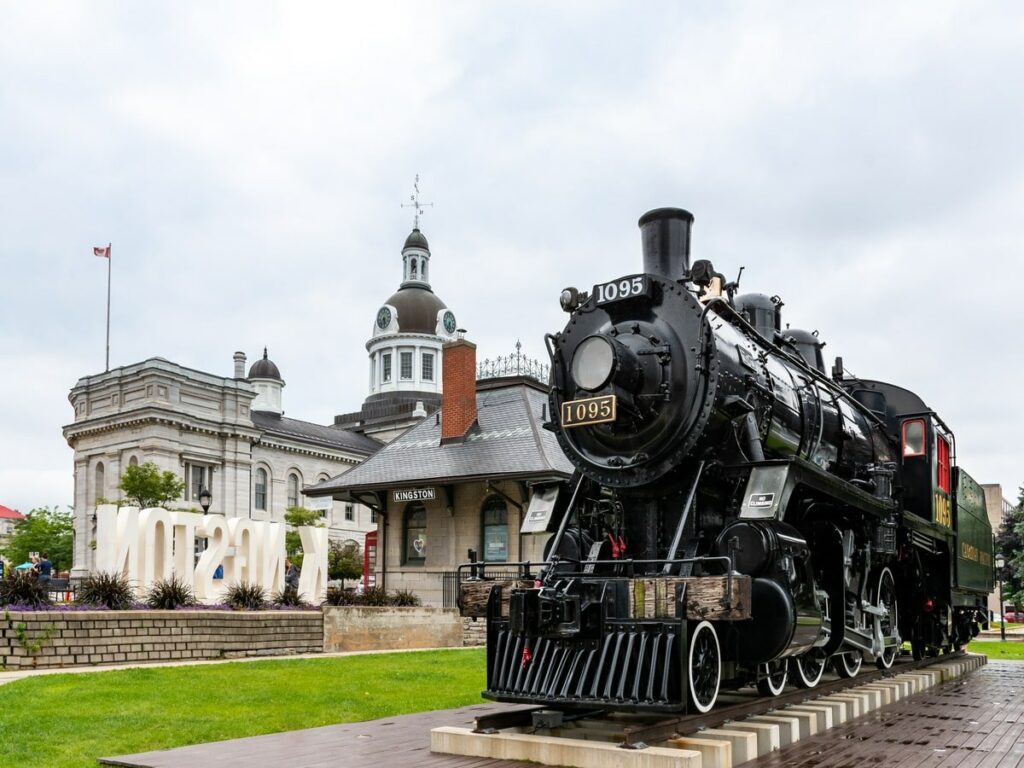
Thousand Islands: A Serene Escape
Just a stone’s throw from Kingston lies the captivating Thousand Islands region. Embarking on a boat cruise through these emerald isles reveals a collection of picturesque islands, each boasting its unique story. The lush landscapes, adorned with charming cottages, and the crystalline waters craft a serene setting that stands worlds apart from the city’s hustle and bustle.
As you navigate the tranquil waters, the Thousand Islands unveil a soothing ambiance that contrasts beautifully with Kingston‘s urban pace. The islands’ stories are etched into their rocky formations and whispered through the rustling leaves of ancient trees, offering you a chance to disconnect from everyday chaos and immerse yourself in a landscape that’s a true balm for the soul.
Montreal: Where Old-World Charm Meets Modern Flair
Arriving in Montreal, you’ll instantly notice the European influence that permeates the city. The historic district of Old Montreal is a maze of narrow streets, charming squares, and historic buildings adorned with intricate architecture. The Notre Dame Basilica in Montreal is a must-see, with its stunning interior leaving you in awe.
Stroll up Mount Royal, a sprawling park with a panoramic view of the city skyline. It’s a perfect spot for a picnic, a relaxing hike, or simply enjoying the serenity of nature in the heart of Montreal.

Indulge in Culinary Delights
Every journey through Canadian charms would be complete with savoring the local flavors. Treat yourself to peameal bacon sandwiches and poutine in Toronto, a beloved Canadian dish of fries topped with cheese curds and gravy. Don’t miss the opportunity to sample traditional bagels and poutine with a unique Québécois twist in Montreal.
Smart Tips Before Exploring Toronto to Montreal
Embarking from Toronto to Montreal offers a unique blend of urban experiences, natural wonders, and cultural discoveries. To make the most of this adventure, here are some valuable tips to enhance your trip:
- Plan Your Route: Plan your route and stops before you set off. Research attractions, accommodations, and dining options to create a flexible itinerary that suits your interests and pace.
- Travel Seasons: Consider the time of year you’re traveling. Summers (June to August) offer pleasant weather for outdoor exploration, while autumn (September to October) brings stunning foliage. Winter (December to February) is ideal for enjoying winter sports, and spring (March to May) unveils blooming landscapes.
- Pack Accordingly: Pack for varying weather conditions, especially if traveling in the shoulder seasons. Layering clothing is a smart way to handle temperature fluctuations. Remember essentials like comfortable shoes, a rain jacket, and sunscreen.
- Local Currency: Have Canadian currency on hand for small purchases, tips, and places that may not accept cards. ATMs are widely available, but having local cash is good.
- Language Considerations: In Montreal, French is widely spoken. While English is understood, learning a few basic French phrases can enhance your interactions and show appreciation for the local culture.
- Public Transportation: Both Toronto and Montreal have efficient public transportation systems. In Toronto, consider getting a TTC Day Pass for unlimited travel. The STM offers various transit options in Montreal, including buses and the metro.
- Booking Accommodations: Book accommodations in advance, especially during peak tourist seasons. Look for options that fit your budget: a boutique hotel, Airbnb, or a cozy bed and breakfast.
- Stay Connected: Ensure you have a reliable phone plan or portable Wi-Fi device for staying connected throughout your journey. This is particularly useful for navigation and research nearby attractions.
- Respect the Environment: Be conscious of your environmental footprint. Canada is known for its natural beauty, so practice responsible tourism by following trail etiquette, disposing of waste properly, and respecting wildlife.
- Cultural Etiquette: Familiarize yourself with Canadian cultural norms, such as tipping in restaurants (usually 15-20% of the bill) and respecting personal space in public places.
